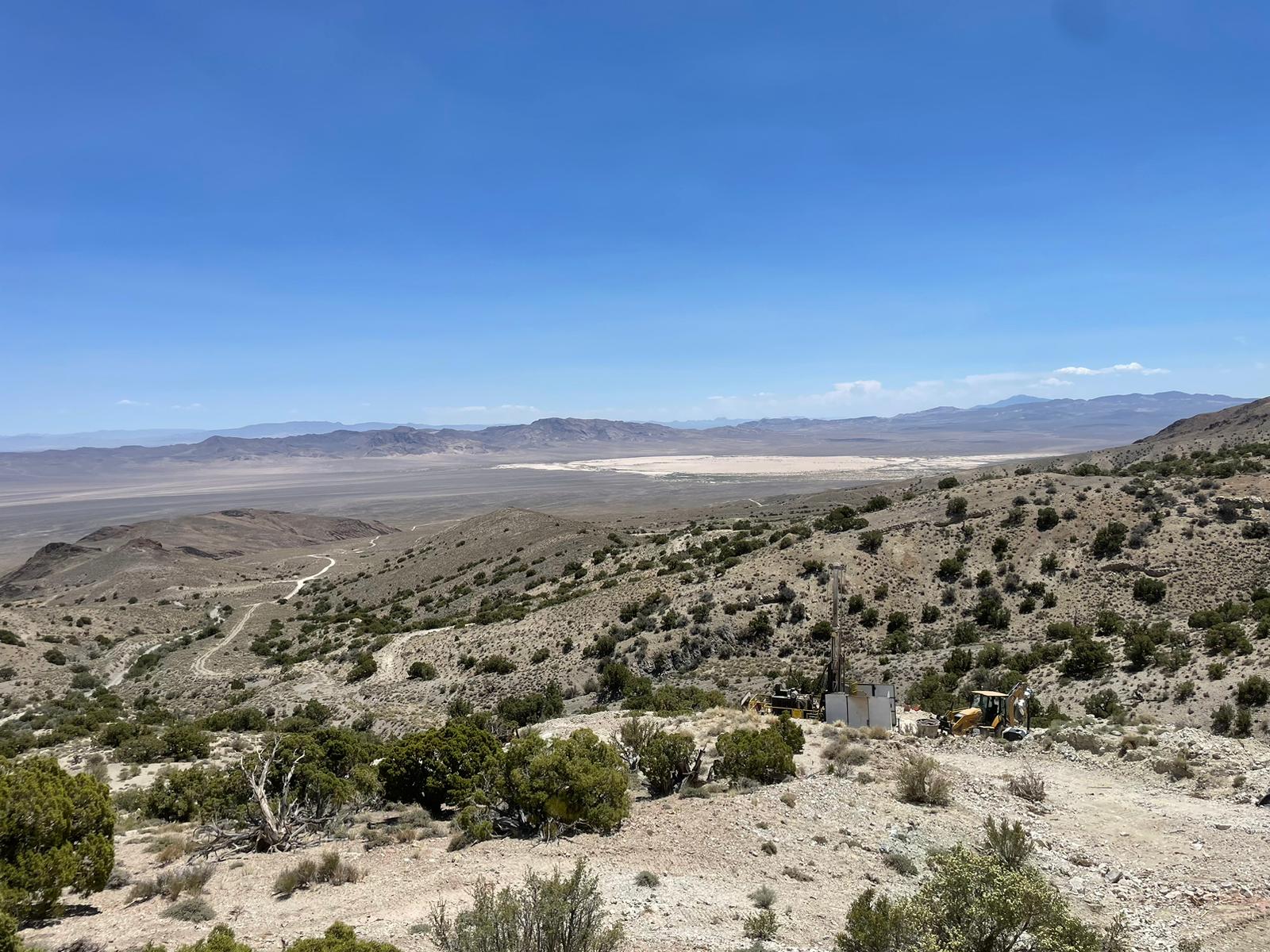Scientists warn B.C. mining rush would harm Alaska and BC salmon, clean water
Hazelton, British Columbia – In a letter to British Columbia Premier Christy Clark, 36 scientists asked for her leadership to balance impending industrial development in northwest B.C. with the outstanding fish, wildlife and ecological values of this largely pristine region. Of particular concern are the impacts to clean water and salmon runs in B.C. and southeast Alaska. Spurred by BC Hydro’s Northwest Transmission Line (NTL), which has received environmental approvals, the rush is on to build mines, river-diversion hydroelectric dams and coal-bed methane energy projects that could radically transform the region.
“The consequences for salmon runs on both sides of the border could be devastating, yet Alaskans would see none of the economic benefit and have no seat at the table,” said Mike Fay PhD, a National Geographic Explorer-in-Residence who lives along the U.S. portion of the UnukRiver just downstream of the B.C. border.
Among the well-documented impacts of mining is acid rock drainage, a chemical chain reaction created when discarded rock and tailings are exposed to air and water. The process can go on for decades at both operating and abandoned mines. Just one of the proposed mines, the Kerr-Sulphurets-Mitchell mine in the UnukRiverwatershed, is expected to produce at least 2.1 billion tons of waste rock and tailings over its lifetime. The B.C. government has failed to stop 50 years of acid mine drainage from the idle Tulsequah Chief Mine into the Taku, southeast Alaska’s most productive salmon river.
“Northwest B.C. is home to pristine, free-flowing rivers that provide some of the last, best habitat for salmon in North America,” said Jack Stanford PhD, of theUniversity ofMontana. “Unfortunately, we don’t yet have the baseline scientific understanding needed to balance ecosystem health with impending industrial development.”
The lack of science is accompanied by a failure of the B.C. Environmental Assessment Office to ensure energy and mining companies follow through on environmental commitments. According to a recent report by the independent Auditor General of British Columbia, “adequate monitoring and enforcement of certified projects is not occurring and follow-up evaluations are not being conducted.”
Furthermore, the B.C. government currently does not have an adequate process in place to assess the cumulative impacts of the multiple industrial projects planned for the transboundary region.
“Without an assessment of the cumulative impacts of this wave of new mining and energy proposals, the British Columbia government could unwittingly sacrifice some of the best salmon and wildlife habitat left in North America,” said Jim Pojar PhD, who spent 25 years with the B.C. Forest Service and is a member of the Association of Professional Biology of B.C.
The southern part of the B.C.-Alaska transboundary region is home to species of concern such as grizzly bear and wolverine, as well as caribou, mountain goat, and Stone’s sheep. The largely pristine Stikine, Iskut and Unuk rivers are home to runs of all five species of Pacific salmon, which support subsistence fishing and commercial fishing jobs in both B.C. and Alaska.
The scientists’ letter reads: “The scale and intensity of proposed development certainly will fragment the watersheds with roads, transmission lines, river diversion projects, and open pit mines. Habitat for salmon and other wildlife will be destroyed at the development sites. Cumulative impacts likely will cascade throughout the watersheds in the form of altered flow and temperature patterns, disturbance to wildlife interacting with roads, and reduced water quality associated with sedimentation and acid mine drainage.”
Water quality, salmon habitat, and salmon populations on both sides of the border are at risk. Currently no organization or government has addressed the huge scope of ecological and social issues at stake. “Before further development is approved,” reads the scientist’s letter, “British Columbiamust initiate a comprehensive assessment of potential cumulative impacts arising from the multiple development proposals in the watersheds.”
Nearly a dozen large mining projects are proposed for the transboundary watersheds in B.C., including the Kerr-Sulphurets-Mitchell mine on a tributary of the UnukRiver; Galore Creek and Shaft Creek mines on tributaries of the StikineRiver; and the Red Chris mine at the headwater lakes of the IskutRiver. A 195 megawatt river diversion hydroelectric project is under construction on theIskutRiver, and numerous other hydroelectric projects are proposed for the region. In addition, Royal Dutch Shell has proposed to develop coal-bed methane at the headwaters of the StikineRiver.
{{ commodity.name }}
{{ post.title }}
{{ post.date }}

Comments